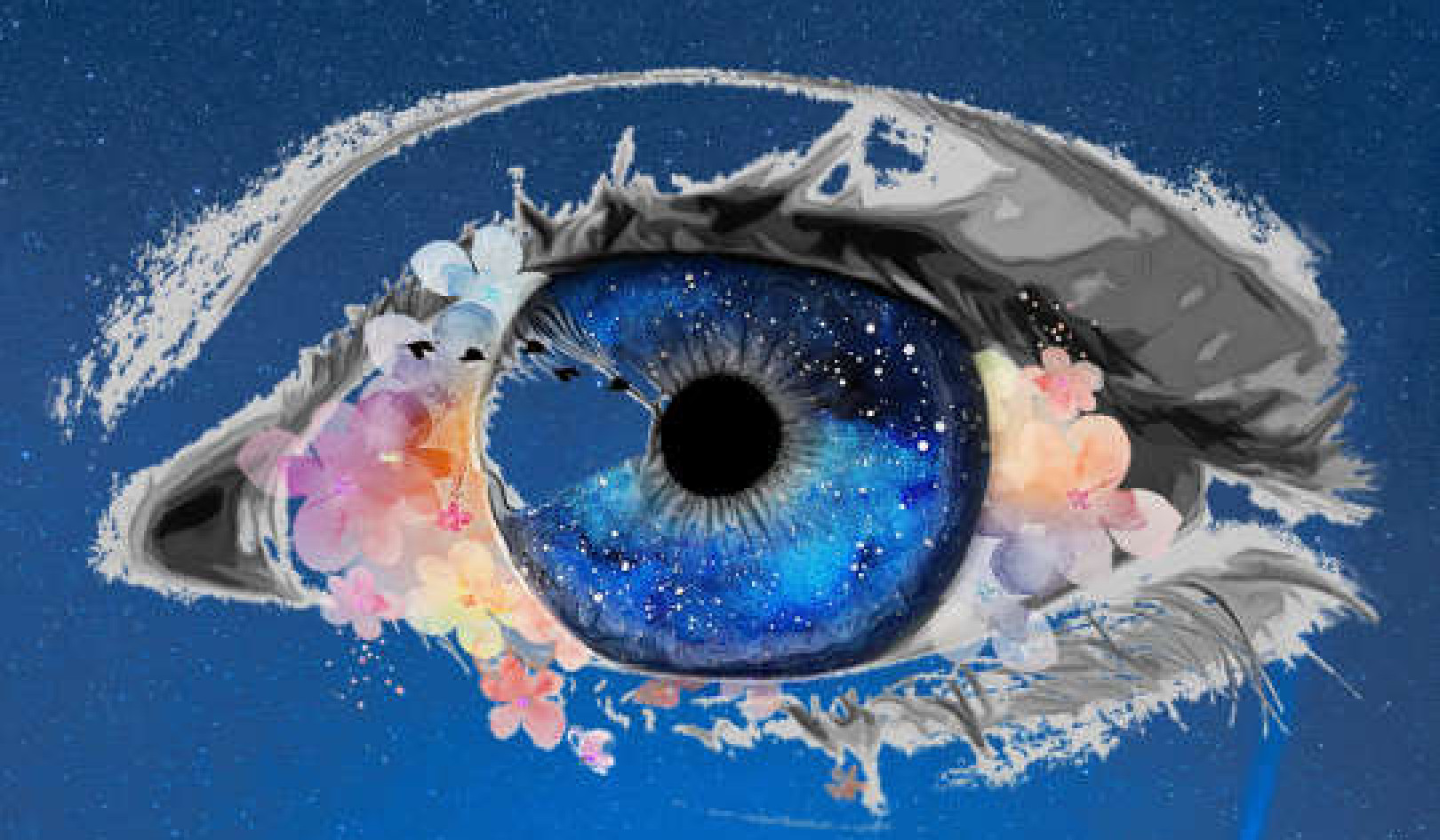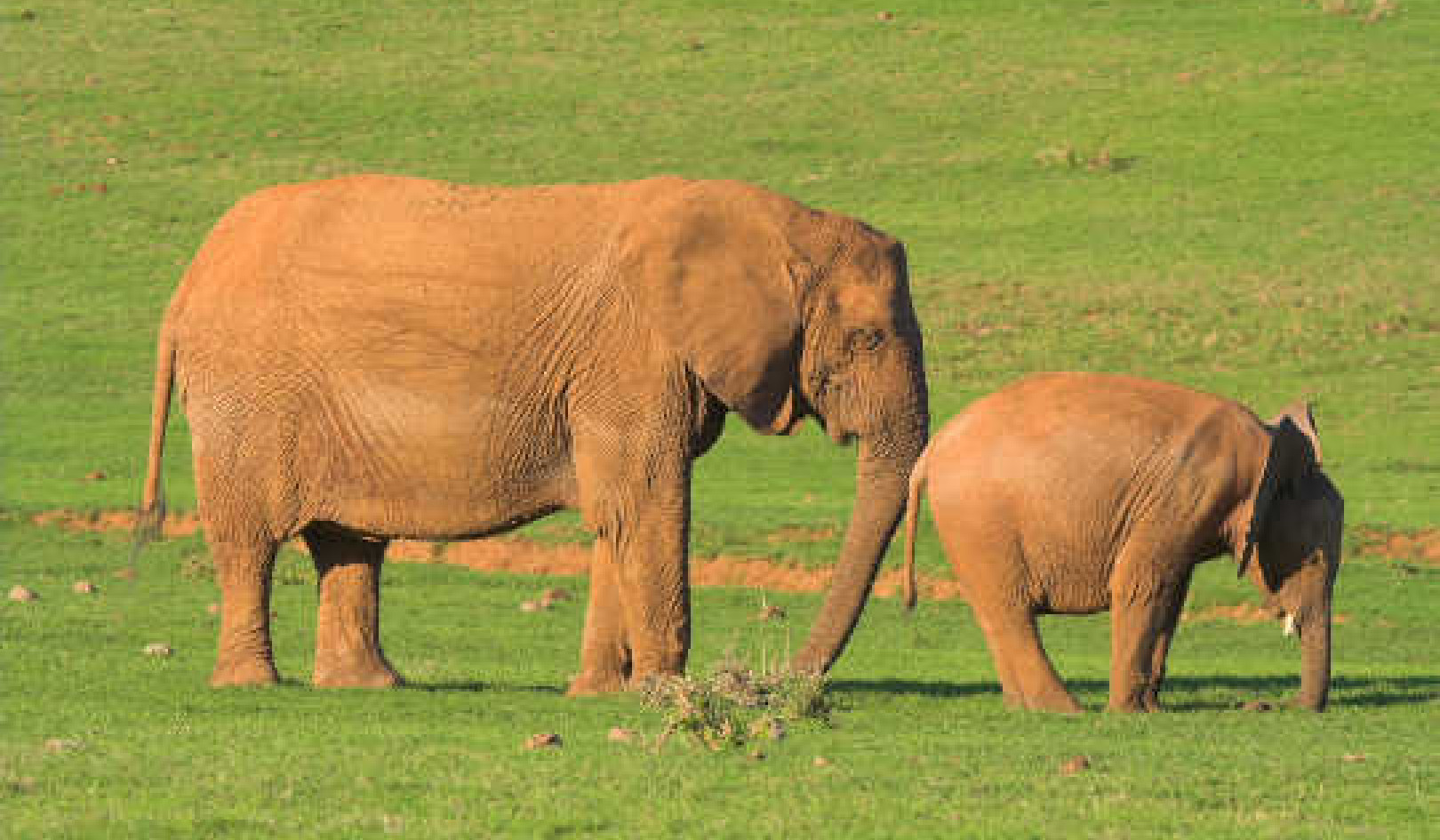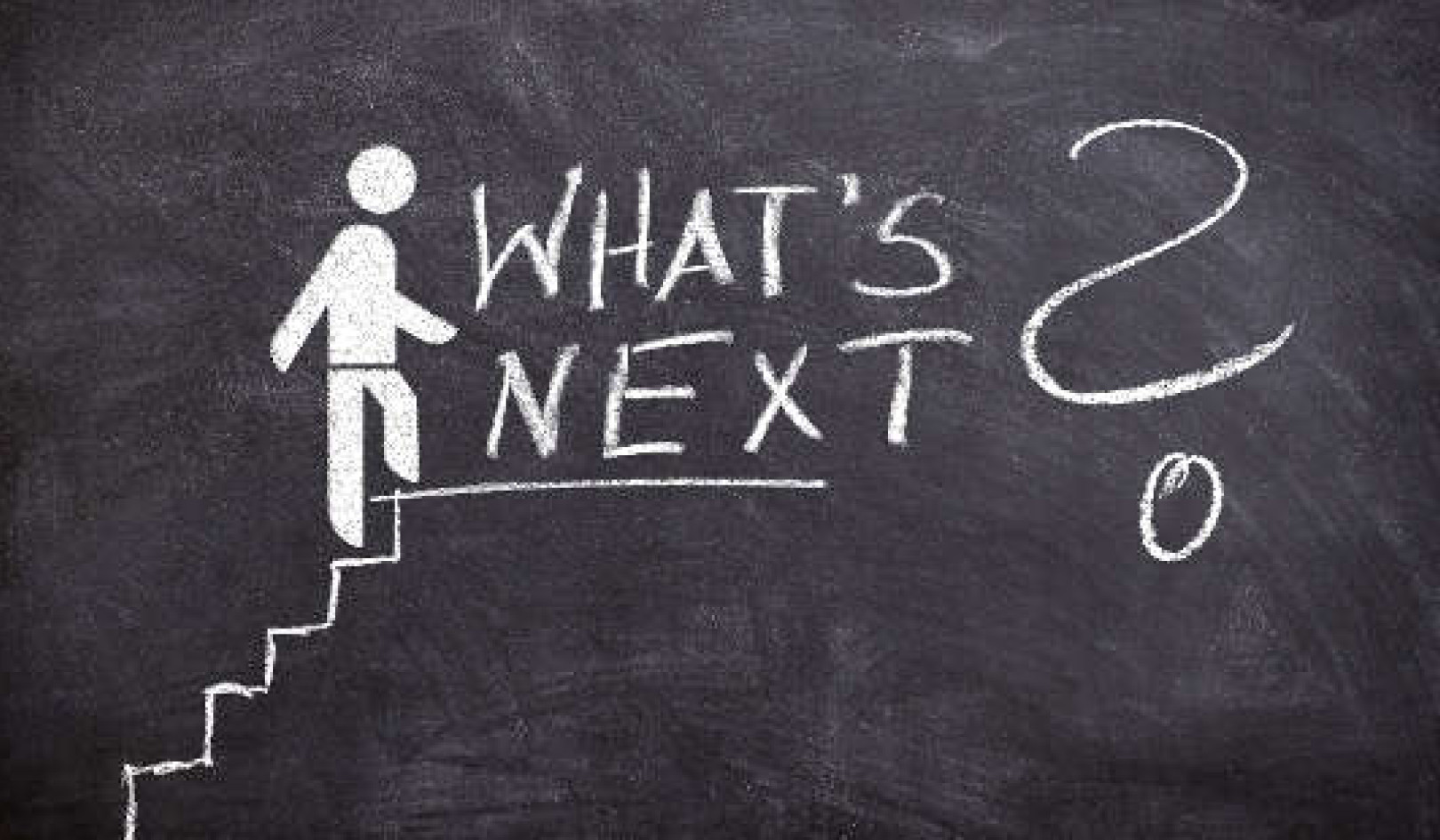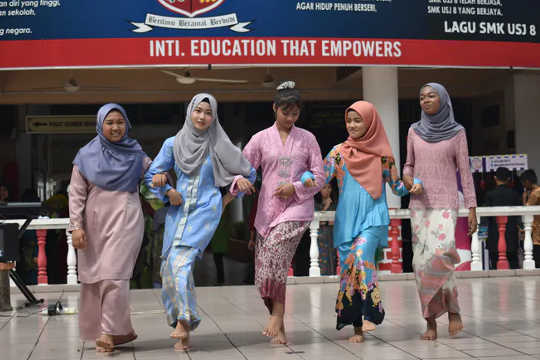
On Erin Gruwell’s first day as a high school English teacher, she faced a classroom of 150 “at risk” freshmen. Most of these kids, statistically, were going to fail. They were tough, their young lives already defined by poverty, gangs, violence and low expectations.

Traditional dancers celebrate Hari Raya, the end of Ramadan. Photo by Aniq Danial for Unsplash, CC BY-ND
On Erin Gruwell’s first day as a high school English teacher, she faced a classroom of 150 “at risk” freshmen. Most of these kids, statistically, were going to fail. They were tough, their young lives already defined by poverty, gangs, violence and low expectations. These students, she wrote, knew nearly every “four-letter word” except one: hope.
Yet four years later, every one of her “at risk” students at Wilson High School in Long Beach, CA, had graduated from high school. More than half went on to graduate from college. The stories written by Gruwell’s students were published as a book called “The Freedom Writers Diary”. It became a New York Times bestseller and in 2007 was made into a major motion picture called “Freedom Writers” starring Hilary Swank.
 Graduation carries many messages of hope. Photo by Marleena Garris for Unsplash., CC BY-ND
Graduation carries many messages of hope. Photo by Marleena Garris for Unsplash., CC BY-ND
Gruwell taught English but also taught them an elusive trait: hope. Science has, in the past 30 years, documented that hope can serve as a strategy for success.
Teaching hope
Although hope is a common theme in mythology, philosophy and theology, it wasn’t a subject of psychological research until University of Kansas psychologist Richard Snyder began his pioneering study in the 1990s. His work paved the way for science to measure, teach and distinguish hope from other psychological disciplines. His research recognized hope as a cognitive function, an emotional state accompanied by action.
Goals are basic to human behavior, Snyder noted, whether they are long- or short-term. They are the first step in imagining future achievement. Being successful, he writes, requires a way to pursue a goal and the will not give up – will power and way power. Snyder and social scientist Shane Lopez confirmed that hope can be taught and learned and that it provides benefits in the public sphere.
What kids need to excel
I am a professor of practice and clinical director for Arizona State University’s Center for the Advanced Study and Practice of Hope. The center’s team is made up of researchers, practitioners and graduate students who are advancing the understanding, strategy and practice of hope.
Other academic institutions including the University of Oklahoma’s Hope Research Center are committing resources to better understand the dynamics of hope. In 2014, the John Templeton Foundation funded The Hope and Optimism initiative, a $4.5 million, four-year grant at Notre Dame and Cornell. The project explored hope from various lenses including religion, medicine, sociology and psychology.
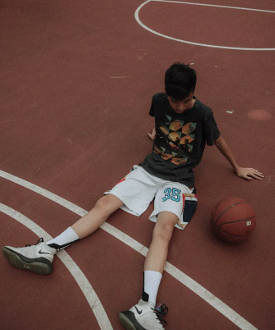 Kids thrive with an adult in their court. Photos by Kevin Laminto for Unsplash., CC BY-ND
Kids thrive with an adult in their court. Photos by Kevin Laminto for Unsplash., CC BY-ND
There is a new generation of hope scientists emerging on university campuses around the globe dedicated to further unraveling hope’s potential. These research topics include coping skills, depression, aging, social justice and creating communities of hope.
It is my long-standing belief that society often defines children and their future by disproportionately identifying and focusing on risk and trauma but ignoring hope.
Applying hope to life
To better understand how hope theory could be translated into practice, in 1993 I enlisted a group of seven researchers, practitioners and graduate students to participate in a seven-year literature review. In 2000, our team shared its conclusions, launching a new initiative called Kids at Hope. The Kids at Hope strategy, at its core, promotes the practices and belief that all kids are capable of success – no exceptions.
These findings informed the design of a framework that teaches hope as a cognitive skill. Teaching hopefulness begins by believing in all kids, connecting with young people in meaningful ways and teaching children how to imagine their goals, a process called mental time travel, that encourages the brain to plan for future opportunities and challenges.
The ability to mentally time travel is the process of remembering the past to draw from those memories and construct a future. Recalling past events is a great advantage in determining who and what to trust, and what works and what doesn’t. Through past experiences, people are able to picture where they would like to be and how to get there.
A central part of this work focuses on teaching the science of hope so that it can flourish in communities — whether that is the juvenile justice system, education, child welfare, behavioral health or youth development systems. The science is clear. Hopeful people are happier, healthier and achieve more of their goals than those who lack hope.
If it “takes a village to raise and educate a child,” I believe hope theory should be part of that strategy. As Gruwell and her students discovered, hope is a gift that can positively change lives.![]()
About the Author
Richard Miller, Professor of Practice, T. Denny Sanford School of Social and Family Dynamic, Arizona State University
This article is republished from The Conversation under a Creative Commons license. Read the original article.
Books on Improving Performance from Amazon's Best Sellers list
"Peak: Secrets from the New Science of Expertise"
by Anders Ericsson and Robert Pool
In this book, the authors draw on their research in the field of expertise to provide insights into how anyone can improve their performance in any area of life. The book offers practical strategies for developing skills and achieving mastery, with a focus on deliberate practice and feedback.
Click for more info or to order
"Atomic Habits: An Easy & Proven Way to Build Good Habits & Break Bad Ones"
by James Clear
This book offers practical strategies for building good habits and breaking bad ones, with a focus on small changes that can lead to big results. The book draws on scientific research and real-world examples to provide actionable advice for anyone looking to improve their habits and achieve success.
Click for more info or to order
"Mindset: The New Psychology of Success"
by Carol S. Dweck
In this book, Carol Dweck explores the concept of mindset and how it can impact our performance and success in life. The book offers insights into the difference between a fixed mindset and a growth mindset, and provides practical strategies for developing a growth mindset and achieving greater success.
Click for more info or to order
"The Power of Habit: Why We Do What We Do in Life and Business"
by Charles Duhigg
In this book, Charles Duhigg explores the science behind habit formation and how it can be used to improve our performance in all areas of life. The book offers practical strategies for developing good habits, breaking bad ones, and creating lasting change.
Click for more info or to order
"Smarter Faster Better: The Secrets of Being Productive in Life and Business"
by Charles Duhigg
In this book, Charles Duhigg explores the science of productivity and how it can be used to improve our performance in all areas of life. The book draws on real-world examples and research to provide practical advice for achieving greater productivity and success.





















